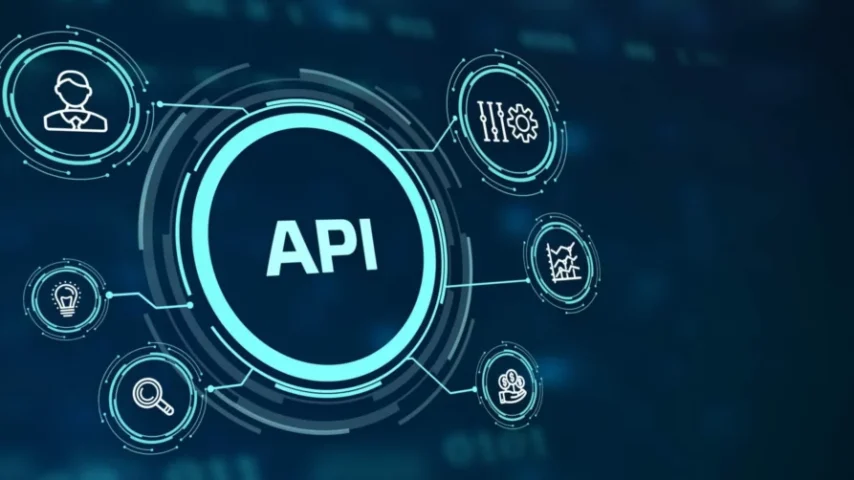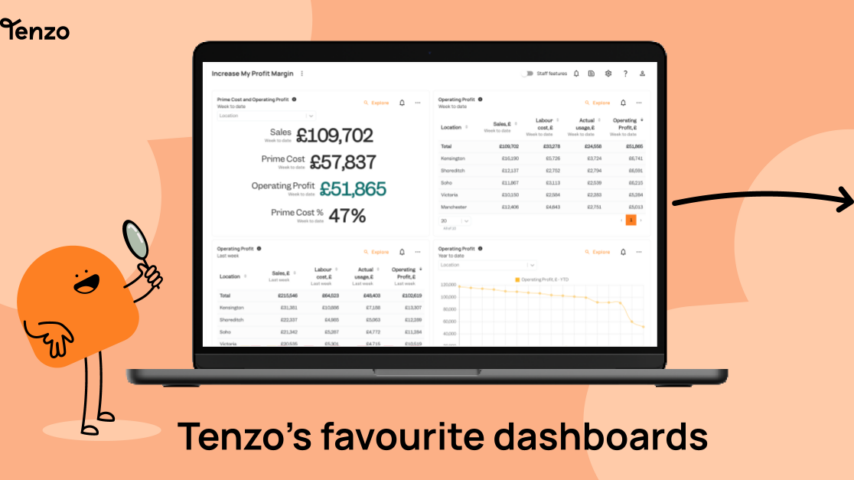Here at Tenzo we think a lot about restaurant data, how to create value from data, and what that means for the IT architecture of our different clients.
3As of Restaurant Data
We use our “3A” framework to think about a broad data approach:
- Absorb: This is the process of getting all of your data into one place. It may include POS data, labor data, social data, inventory data, customer data, compliance data, IoT data, the list goes on. Importantly, you need to have both a process for loading the data, and then somewhere to put it.
- Analyze: Now you’ve got your data, you need to extract insights. This ranges from simple alerts and exception reporting, to advanced analytical topics that might involve machine learning and A.I.
- Act: Finally — the hard part — now you have to get someone to do something with the insights you have.
Let’s talk through each in more detail.
1. Absorb
In today’s world, we’re going to assume that you are comfortable working in the cloud. Of course, you could opt to store your data on premise — but you don’t need the hassle of maintaining architecture, and with AWS, Google Cloud and Microsoft Azure so prevalent — we’d recommend you start there.
Then you need to decide exactly to store your databases, as an example, you could choose:
- Traditional SQL database e.g., MySQL, PostgreSQL, Microsoft SQL Server
- NoSQL e.g., MongoDB, Cassandra etc.
- Some hybrid approach e.g., Google BigQuery, or a combination of SQL and NoSQL
Our advice would be to choose a data store to match the kind of data you’re importing. For example, transaction and labor data is inherently very transactional (and thus lends itself to SQL), whereas IoT or customer feedback data may lend itself more towards a NoSQL type approach.
Having chosen somewhere to put the data — you then have to think about how to ingest it. For this, you’re going to have to build relationships with all of the people who store your data and then figure out how to get the data. Typically, this can be a combination of:
- Using a public API
- Streaming data live from stores; using custom code if needed
- Daily dumps of data from vendors’ servers
Importantly, you have to build an understanding of the data you’re ingesting to make sure it’s accurate.
Now you have a choice: build vs. buy?
As a small player, the answer is easy… you won’t have the scale to cover the cost of building yourself. However — we also think that even at larger scales you should buy as long as your partner is open. It can be considerable effort an expense to own and maintain a data warehouse, and of course this doesn’t include the tremendous cost of creating that infrastructure.
Note: a common misconception is that you need to own the data warehouse to give you the depth of analysis you need. This just isn’t true if you have an open provider (yes — at Tenzo, we are!)
2. Analyze
Ok — so now you’ve gotten all of your data in one place, what on earth do you do with it?
We like to categorise this in to 3 key areas:
A) Use alerts and exception reporting to catch the low-hanging fruit
First, you need to identify places where you want to catch obvious problems e.g.,
- A significant year-on-year drop for a given location
- Low inventory for a specific item
- Potential incidents of fraud at the employee level
- Respond to poor customer feedback and reviews
B) Dive one level deeper to fine tune the machine
Now it’s time to think about fine tuning your operating machine e.g.,
- Optimizing daily labor schedules to match to demand
- Trimming opening hours when needed
- De-listing low performing items
- Building team schedules that work well together
- Identify the meaning behind customer feedback (understand sentiment around specific issues etc.)
C) Now what on earth is “A.I.” and how is that relevant to me?
So, we all hear about A.I. and machine learning — but isn’t that just relevant at Google (playing Go) or for Uber and driverless cars ?
Well — actually, it can be used in restaurants too. In simple terms, A.I. allows computers to learn. That means they can recognize patterns outside of normal statistics (e.g., correlations and regressions), and ultimately start making decisions.
Some examples of where we see the potential for A.I. to be used in restaurants include:
- Advanced forecasting (e.g., including weather and events) to aid prep, procurement and staffing
- Shift planning and team selection to optimize sales
- Fraud detection
- Optimized digital signage and improved kiosk up-sell
- Predictive maintenance and compliance schedules
- Real-estate purchase and location selection
- Dynamic promotion and pricing decisions
- Talent identification and on-boarding
So— should you build this yourself, or look to a partner? At a very small level (1–2 locations) you may do much of this yourself, but as you hit 2–100 locations you’re going to start to want something that thinks about this on your behalf.
Above 100 locations and, while you might have an in-house capability for basic business insight, you need to assess whether you’ll have a leading data-science capability. As already discussed — incase you still want to the ability to run custom analytics, it helps to connect to an open platform— you need to be able to get your data out to talk to other systems.
At Tenzo, we’ll help you connect to other systems, like Tableau, Looker etc., so you can see data the way you want.
3. Act
Now the trickiest of all of the “3As” — you need to get managers in stores to do something with business insight.
How do you drive action?
The nice thing here is that today you have a powerful tool to do that — the cell phone.
We think all insights need to be:
- Actionable: something the person can do e.g., change this shift, order this item, talk to this employee
- Available: delivered to the person in a way they can digest e.g., email, mobile app, push notification etc.
- Targeted: tailored to the right person e.g., sentiment to the CMO, menu insights to a COO and a forecast to the store manager
Our findings here are that you can so-far on your own (e.g., static dashboards and daily reports), but to get this seamless and tailored it’s much better to go to someone with platform expertise. What that means is you need a web app, and iOS app and an Android app.
Of course, at Tenzo we can do all of the “3As” or even just some of them if you’d prefer. Reach out to us to understand more.




